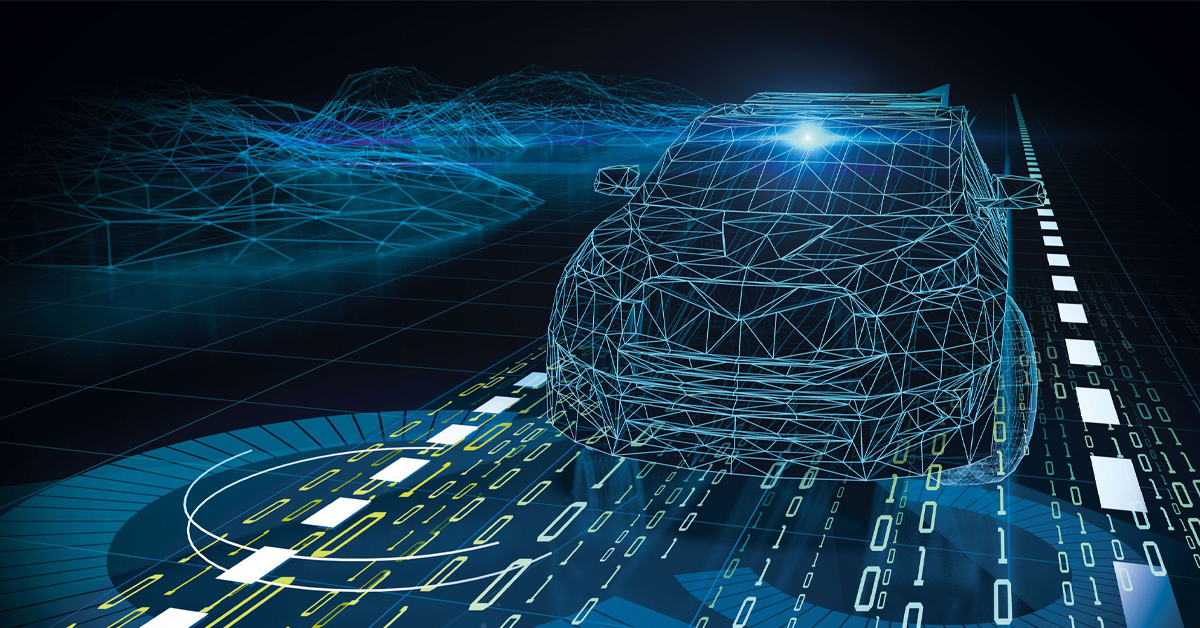Intro
From the rise of electric vehicles to autonomous driving to fluctuating demand, the parking industry is facing ever-changing challenges. Rapid digitisation, environmental concerns, and a demand for better city planning have pushed the parking industry to innovate. But of all these innovations, what truly has the potential to create a disruption and take us down a new path?
Disruptive innovation in parking, like any other business, can be a murky topic. To begin with, we need to lay out what disruption really means, how it affects parking providers, and the long-term goals of these disruptions.
What is Disruptive Innovation?
When it comes to business disruption, an apt saying is “all disruptors are innovations, but not all innovations are disruptors”, which leads us to conclude that disruption is a higher form of innovation. Disruptive innovations create a new niche or market or add a value chain that didn’t exist before. According to Clayton Christensen, a professor at Harvard Business School, “a disruption displaces an existing market, industry, or technology and produces something new and more efficient and worthwhile”.
Industry disruption is catalysed by new entrants in the field, often with fewer resources, that challenge the existing businesses. In most cases, disruptive innovation targets either a customer segment that has been overlooked or provides alternative solutions to problems in the industry. The solutions delivered are often lower priced but more tailored to specific customer needs.
If effective, these disruptors capture market share and move upmarket. For the parking industry, a significant disruptor is the adoption of digital business models in which parking revenue is earned via apps and websites. Apart from opening up new avenues of growth for parking operators, parking providers, and others in the industry, disruptive technology has also given customers a wider range of choices that are more accessible than ever before.
Loading component...
Loading component...
Loading component...
Loading component...
Share your story
Do you have an innovation, research results or an other interesting topic you would like to share with the professionals in the infrastructure, traffic management, safety, smart mobility and parking industry? The Intertraffic website and social media channels are a great platform to showcase your stories!
Please contact our Sr Brand Marketing Manager Carola Jansen-Young.
Are you an Intertraffic exhibitor?
Make sure you add your latest press releases to your Company Profile in the Exhibitor Portal for free exposure.





